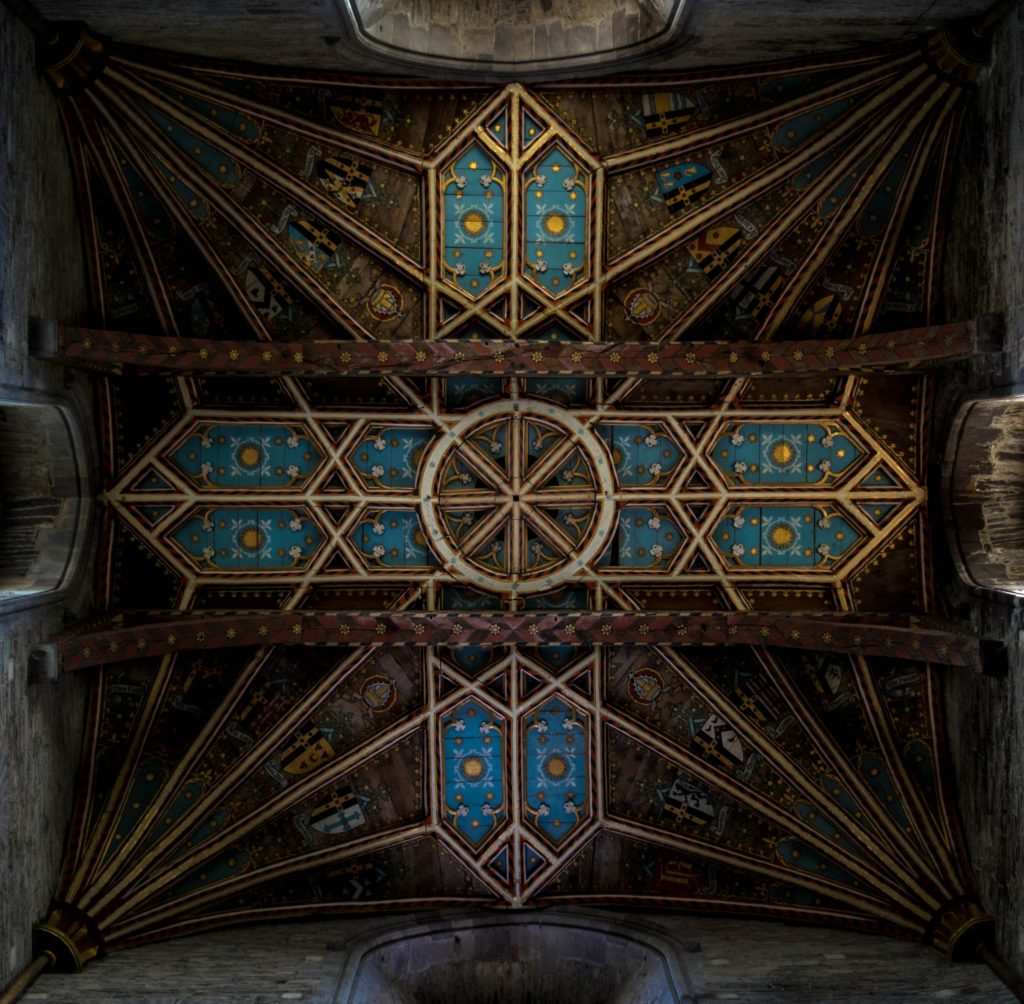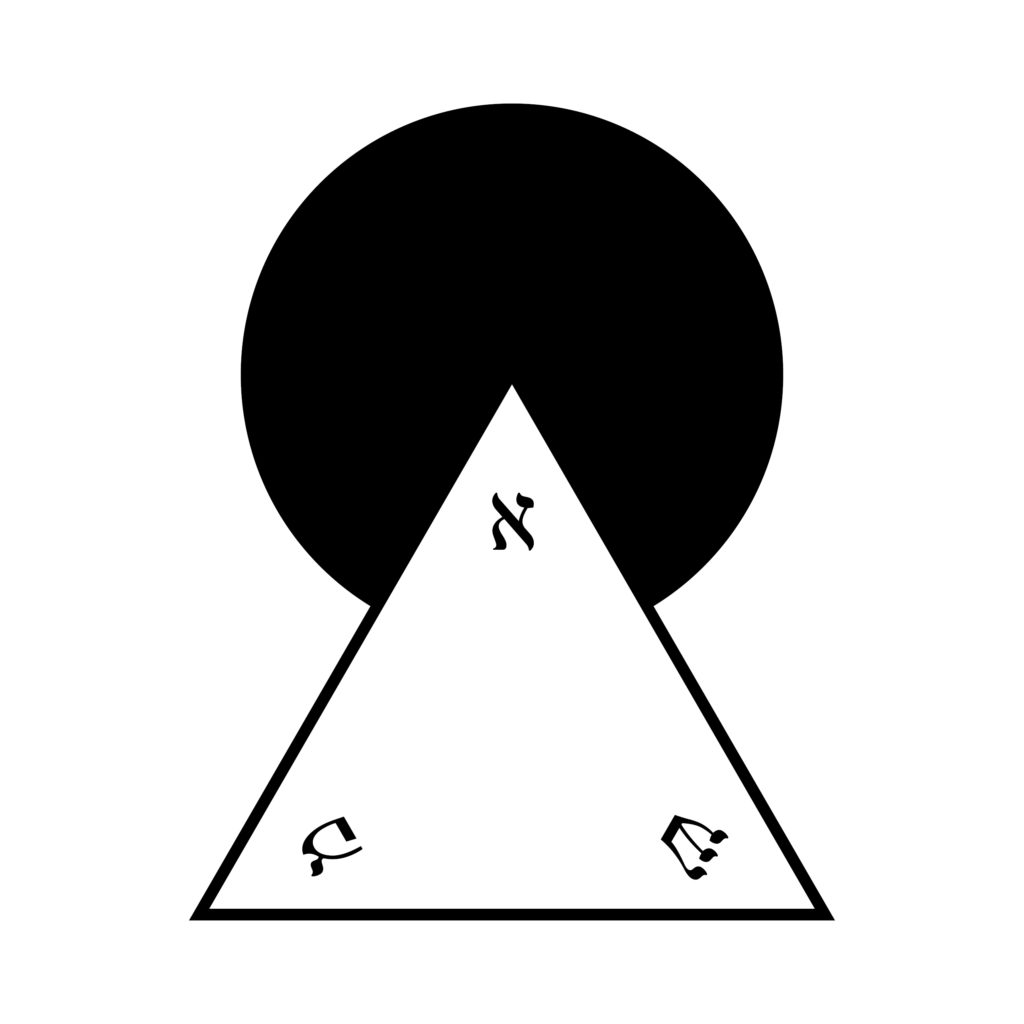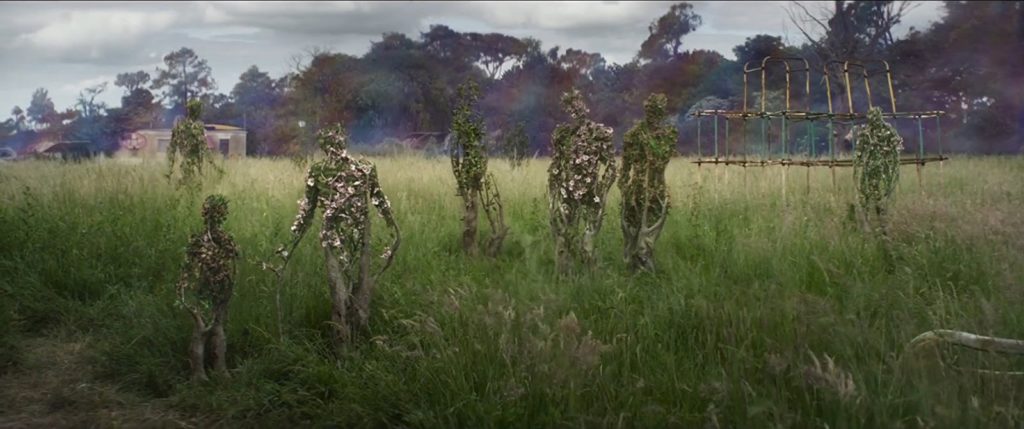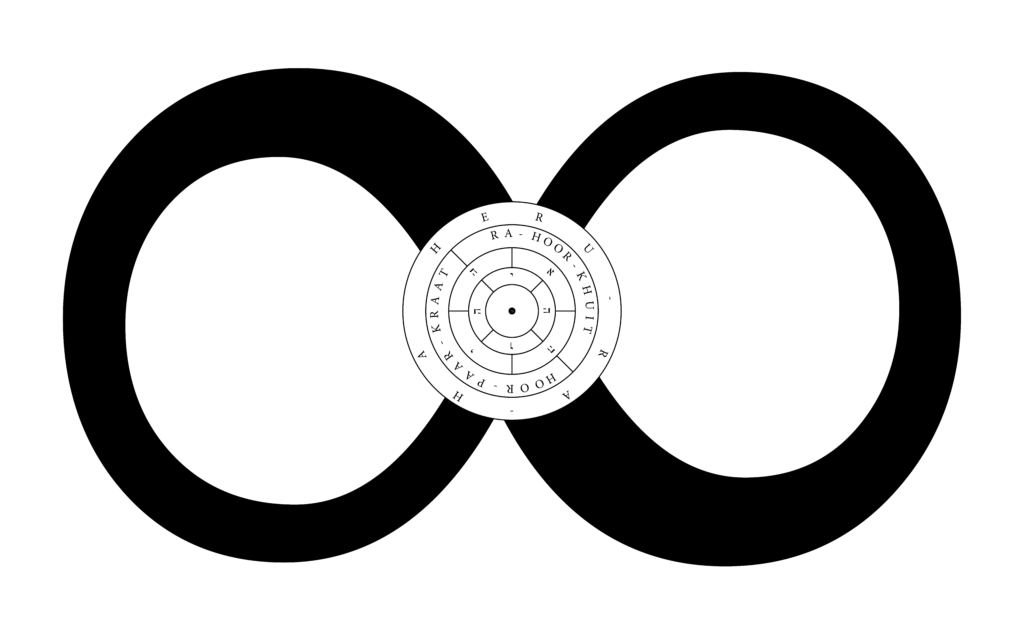My talk on Eucharistic magick is online now. It includes an in depth analysis of Sections VI-VIII of Liber XV: The Gnostic Mass.
The claim I make about the Mass—if I were to state it as succinctly as possible—is that the Mass was intended, in part, to bring into physical manifestation the spiritual power which was the source of the Book of the Law. So you can profitably view it as an attempt to bring the spiritual force of Thelema into the world by means of a public religious rite.
On the one hand, there’s nothing new or terribly controversial in such a statement. The Gnostic Mass is clearly a religious rite, and the purpose of a religious rite is for clergy to administer certain ideas, values, or virtues to a congregation. It would be rather odd to make the opposite argument, that Aleister Crowley created a religious service that administered the virtues of some spirituality other than Thelema.
I think what’s bound to make my argument controversial is the specificity of it. I don’t treat the power or spiritual potency from an abstract point of view. I show how Crowley specified it, put names to it, and even described its nature. If you accept the premises and the inferences to the conclusions from those premises, this creates a backstop for what is going to count as a good interpretation of the Mass. (Or it brings whatever existing backstop there is closer to the home plate.)
Considering the Mass alone, Crowley has many names for this spiritual potency or power considered in and of itself:
- “one secret and ineffable LORD”
- “our Lord …”
- “the LORD” (symbolized by the priest’s serpent crown)
- “O secret of secrets that art hidden in the being of all that lives”
- “the flame that burns in every heart of man, and in the core of every star”
- “Life, and the giver of Life”
- “Lord secret and most holy, source of light, source of life, source of love, source of liberty”
- “force of energy, fire of motion”
- “Thou who art I, beyond all I am, Who hast no nature and no name”
- “center and secret of the Sun”
- “hidden spring of all things known and unknown, Thou aloof, alone”
- “true fire within the reed”
- “source and seed of life, love, liberty, and light, thou beyond speech and beyond sight”
- “One in Three … Three in One”
What we can gather from these terms is that there is a divinity or a portion of divinity that is secret, ineffable, withdrawn, unmanifest, and completely transcendent. It is beyond our ability to describe or understand it. It is characterized by silence, but it is the source of speech and motion. And this divinity or some aspect of this divinity is concealed “within us” in some sense, and it is responsibility for our vitality.
Now one thing you may want to ponder from a theological or metaphysical perspective is this: If something is truly transcendent and unmanifest—if it is really “aloof, alone”—then how does it enter into manifestation? How does it have anything to do with the visible or manifest universe at all?
Crowley’s phrase for this in the context of the Mass, exemplified in the Creed, is the “Miracle of Incarnation”. He claims it is accomplished by means of the “Baptism of Wisdom”. As Sabazius has pointed out, this comes from Van Hammer’s elucidation of the name Baphomet as Baphe-Metis, the Baptism of Wisdom. One of the arguments I make in the talk is that, in the context of the Mass, Baphomet is the name given to this pure, transcendent spiritual potency when it is embodied or incarnated. This means that we can understand the Epiklesis of the Gnostic Mass on analogy with the transubstantiation of the Eucharist in the Roman Mass into the body and blood of Christ. This helps make sense of why the elements of the Eucharist are consecrated into a resurrection structure in Section VI. As Christ is the principle of resurrection in Christianity, Baphomet is the principle of resurrection in Thelema. At that point, the doctrines diverge, and I spend a lot of time in the talk examining exactly what resurrection means in a Thelemic context.
One angle I did not explore very much at all in my talk is how this transcendent spiritual potency is made manifest by the sex instinct. The only reference I made to this extraordinarily complex and interesting subject was to point out that the Priest, by virtue of the Lance and the scarlet robe, represents the microcosmic deity in the context of the Mass. This microcosmic deity is called “CHAOS, the sole viceregent of the Sun upon the Earth.” It is also called phallus. It is the “Lord of Life and Joy, that art the might of man, that art the essence of every true god that is upon the surface of the Earth, continuing knowledge from generation unto generation”. The magick of the Mass is almost certainly intended to parallel an analogous sex magick working. The seed (sperma) the Priest isolates from the Cake (consecrated to his body) is meant to be analogous with the spermatazoon produced by his literal body. The cup is magically linked with the Priestess’s body by means of the five crosses. The wine within it could be viewed as either his “blood” (which Crowley usually intends to represent semen) or her menstruum. I pointed out, as many have, that HRILIU represents the cry of orgasm.
Another thing I would point out—which I didn’t bother to touch on in the talk—is that Crowley believed sexual reproduction was a form of resurrection. Orgasm itself is a moment of subject-object union or samadhi, if only for a moment. The individuality of the man is not preserved, but his life-force continues in the child. The Mass Eucharist is explicitly referred to as a child both in the Anthem and during the Fractio. The solve or Aleph-phase of the operation reduces his seed to a kind of magical stem-cell state. By consuming this metaphorical “child,” the Priest is nourishing himself with the power of his resurrected or reborn life-force. It’s a simple way to look at the Mass, but it’s also perfectly valid and illuminating. The problem is that it’s not the only doctrine of resurrection Crowley had.
While I do not think it is wrong to point out that the Mass is the IX° sex magick operation under a different form, I think it very quickly leads to misunderstanding. One could start to believe that the spiritual reality of the Mass—and maybe of Thelema itself—is exhausted in fucking. Crowley himself makes reductionistic claims to this effect, e.g., “Semen is God.” Instead I wanted to focus on the structure shared both by the Mass and by the IX° Mass of the Holy Ghost in order to indicate the spiritual reality they are both aiming at, and which is reducible to neither of them. In the language of Eucharistic magick Crowley uses, both the Eucharist of two elements and the Eucharist of one element serve a common spiritual purpose. It is that purpose that I wanted to elucidate.
The argument I make in the talk—and which I have not seen made before—is that the spiritual purpose is the physical manifestation of this spiritual principle or potency represented by Hoor-Paar-Kraat, the God of Silence. This is the deity that Aiwass declares himself to be the “minister” of in the first chapter of The Book of the Law. As such, Aiwass’s speech is the speech of the god of silence. The Book of the Law itself is the “speech of silence” as Crowley says. And since this is the same spiritual potency we are embodying in the Gnostic Mass Eucharist, when we participate in the Mass, either as clergy or as congregants, we are in effect consuming the word. We’re being nourished by it. In yet one more way, the Book of the Law is becoming our sustenance and comfort.
As it turns out, the same principle is elastic and can manifest itself in many other ways. I already mentioned that it manifests as a sex-generative principle. In the talk I make a big deal out of showing how, in the context of an individual’s gnosis or spiritual experience, Harpocrates is also the Silent Self or the Holy Guardian Angel. From an alchemical perspective, I show how it is also the Philosopher’s Stone and connected with the IX° Elixir of Life. Crowley uses a lot of words to label this spiritual principle—Aleph, Fool, God of Silence, Holy Guardian Angel, Heru-Ra-Ha, Lord Most Secret, etc.—but the fact that it shows up in so many different places and is linked with the central spiritual concerns of Thelema I think justifies calling it out as the central organizing principle of Crowley’s spirituality. It is the point around which everything else is rotating. So I spend a lot of time in the talk laying out its structure. That structure—whether we’re talking about Eucharistic magick, alchemy, or initiation—is invariably tripartite and is represented by the formula IAO.
So what I was attempting to do in this talk was not only to show how to do Eucharistic magick or just parrot things Crowley says about the Eucharist. I also wanted to explain how it was he could make such extraordinary claims about Eucharistic magick, such that doing it would inevitably lead to Knowledge and Conversation of the Holy Guardian Angel, or that a particular version of it (identical with the IX° secret) would produce the Elixir of Life and grant immortality. So in this one phenomenon of Eucharistic magick, we find a menagerie of traditional and specifically Crowleyan spiritual concerns tied to the central mystery of Crowley’s spirituality, namely, Knowledge and Conversation. But rather than attempt to reduce the Gnostic Mass to sex magick, or to attempt to reduce both of those to Knowledge and Conversation, I attempted to explain all three in terms of the structure of the underlying spiritual reality motivating Thelema as a whole. And I suppose my assumption is that, because this underlying spiritual reality has vitality, an individual who understands how to make contact with that reality will become empowered by it.






